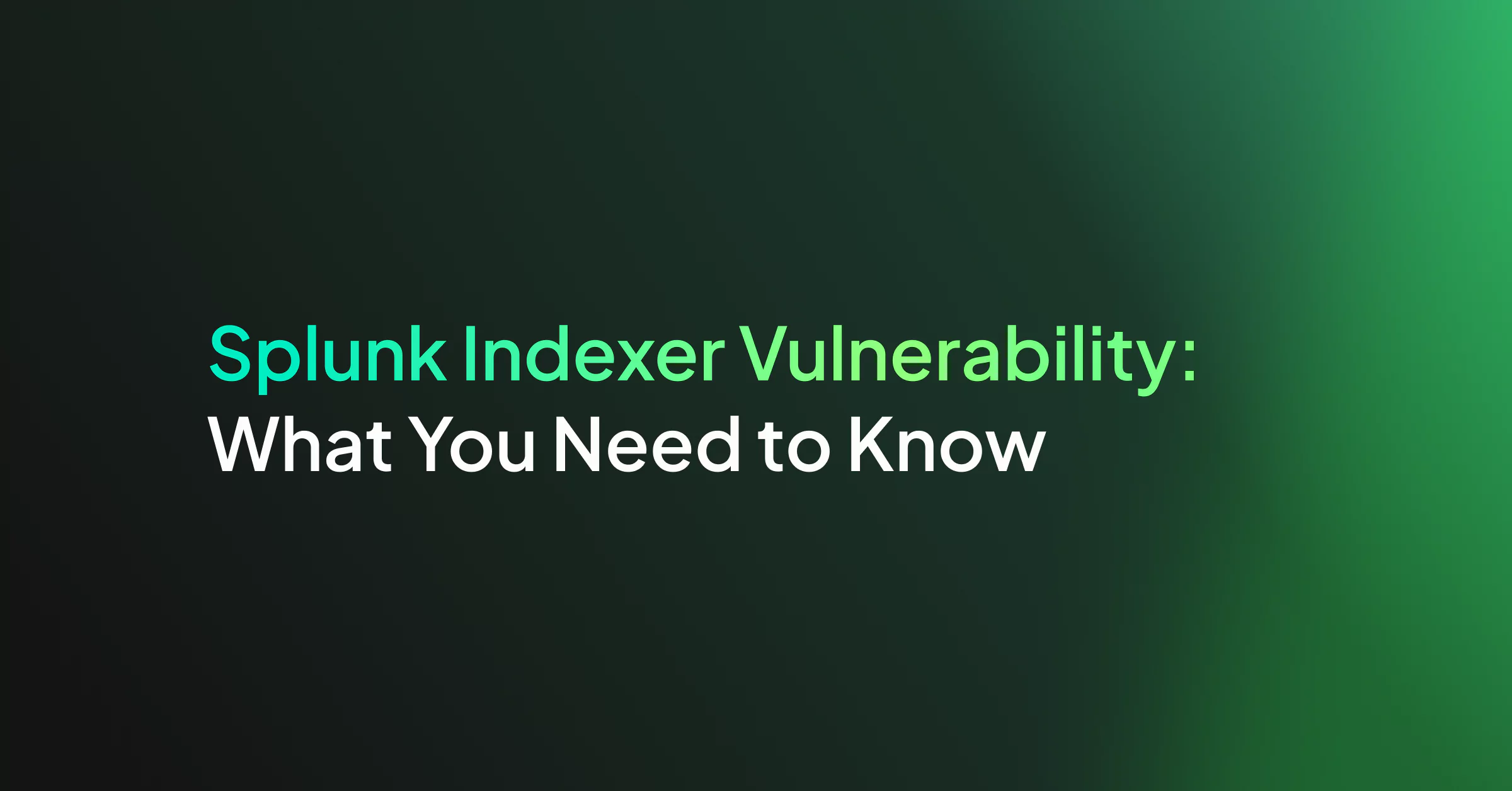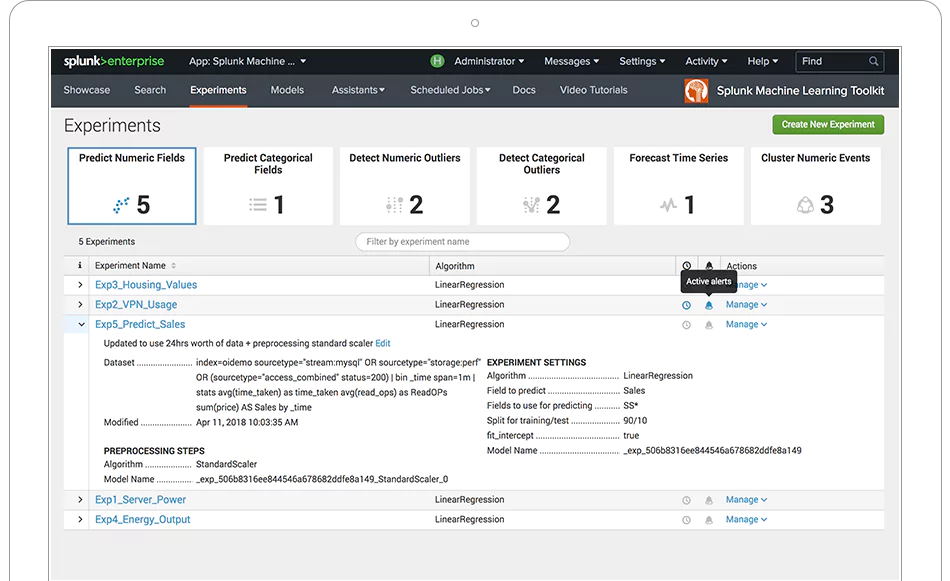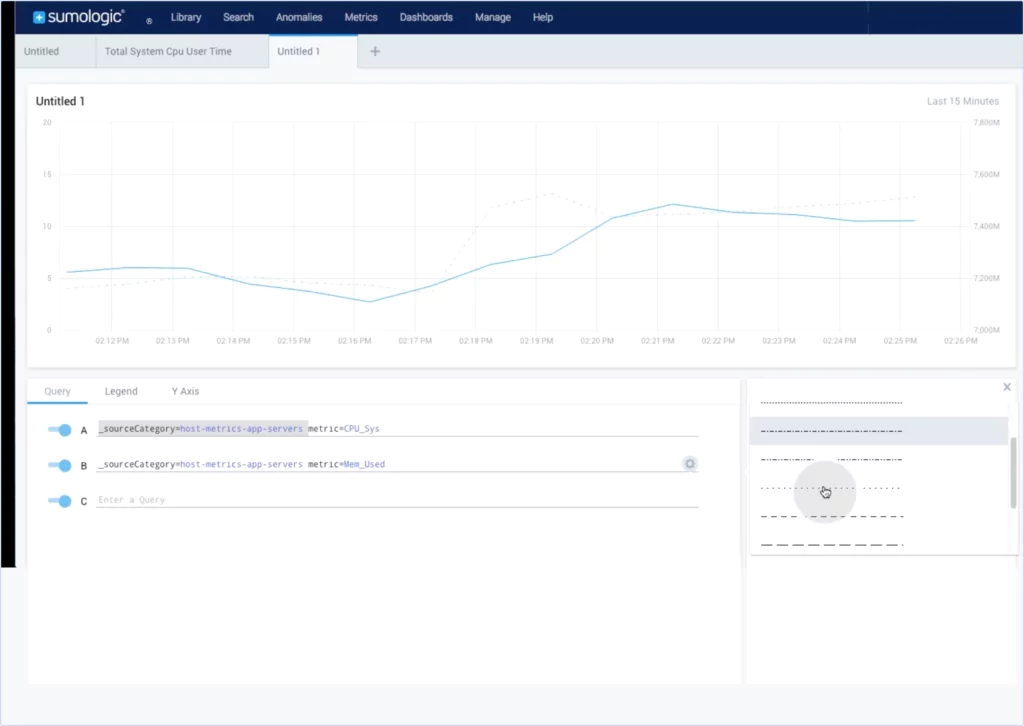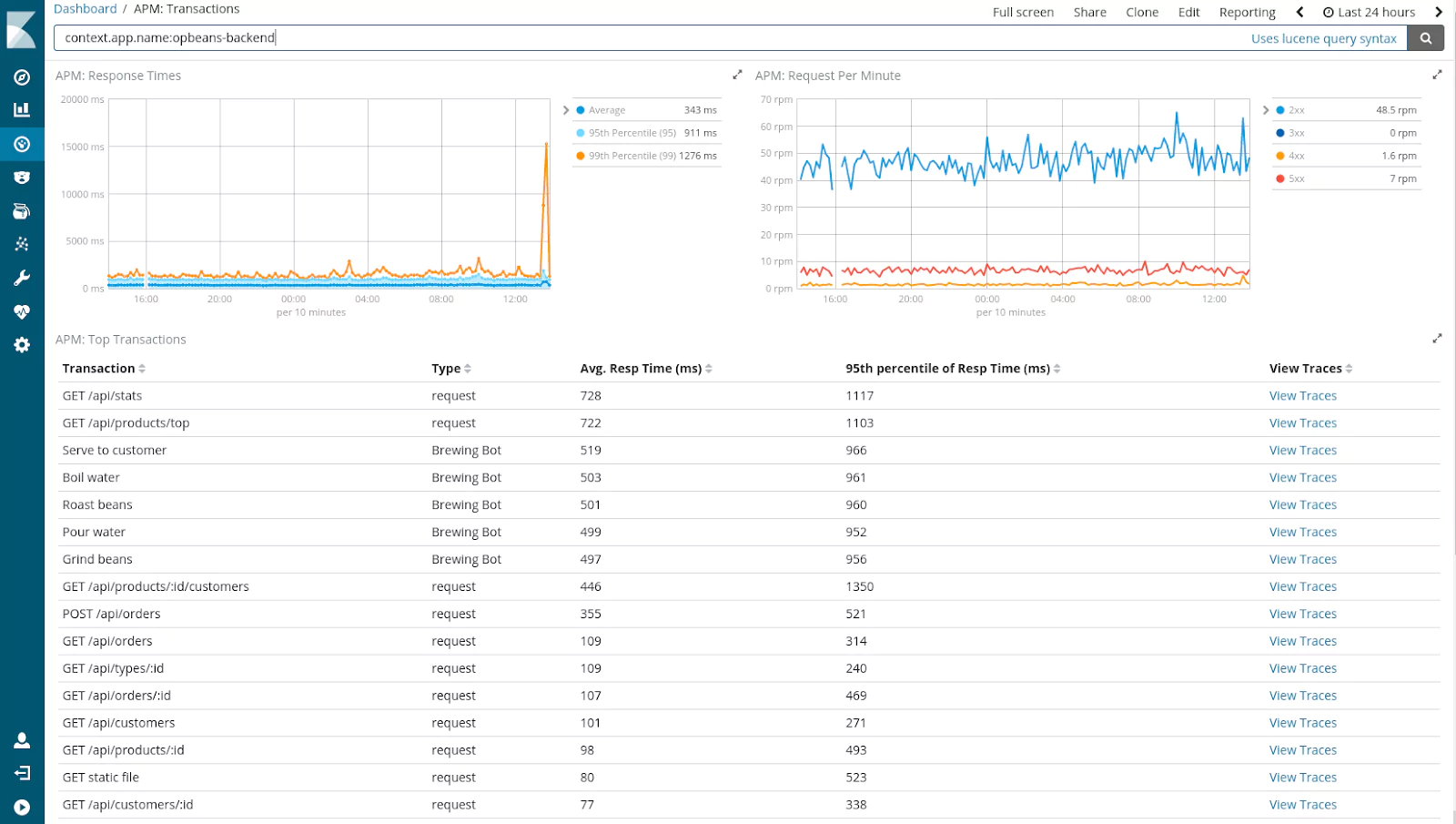A new vulnerability, CVE-2021-342 has been discovered in the Splunk indexer component, which is a commonly utilized part of the Splunk Enterprise suite. We’re going to explain the affected components, the severity of the vulnerability, mitigations you can put in place, and long-term considerations you may wish to make when using Splunk.
What is the affected component?
The Splunk indexer is responsible for sorting and indexing data that the Splunk forwarder sends to it. It is a central place where much of your observability data will flow as part of your Splunk setup. The forwarder and the indexer communicate with one another using the Splunk 2 Splunk (S2S) protocol.
The vulnerability itself lies within the validation that is inherent within the S2S protocol. The S2S protocol allows for a field type called field_enum_dynamic. What this field allows you to do is send a numerical value in your payload, and have it automatically mapped to some corresponding text value. This is useful because your machines can talk in status codes, but those codes can be dynamically mapped to human-readable text.
What is the impact of the vulnerability?
This field type, field_enum_dynamic is not validated properly, which means that a specially crafted value can enable a malicious attacker to read memory that they shouldn’t be able to. This is called an Out of Bounds (OOB) read vulnerability, and essentially means an attacker can go out of their intended boundaries.
An alternative attack might be to intentionally trigger a page fault, which would shut down the Splunk service. Doing this repeatedly would result in a Denial of Service (DoS) attack. For these reasons, this CVE is considered high severity with a score of 7.5.
What mitigations can you put in place?
Splunk has released patches for the impacted components. The new versions that are not vulnerable to this attack are 7.3.9, 8.0.9, 8.1.3, and 8.2.0. Priority number one should be aiming to get to these versions, where this attack has been totally mitigated.
If upgrading is not something you can do, then you may wish to look into implementing SSL for your Splunk forwarders or simply enable forwarder access control, using a token. These steps will make it more difficult for a malicious attacker to send specially crafted packets to your indexer because they’ll need to compromise the SSL certificate or the token first.
What do we need to think about in the long term?
OOB vulnerabilities can be particularly nasty. Not just because of the possibility of leaking information in Splunk, but if your attacker has some specialist knowledge of your system, they can expand to memory that is being used by completely different applications. For example, if an attacker knows that your SSL certificates are loaded into a different area of memory. They might even be able to implement a full memory dump, one packet at a time.
This means that the danger of this Splunk vulnerability isn’t just in the Splunk data you may leak, but in the much more sensitive information that the attacker may be able to access. This means that you immediately become dependent on the security of the underlying infrastructure.
How secure is your on-premise infrastructure?
It is tempting to think that your on-premise data centers are a bastion of security. You have complete control over their configuration, so you’re able to finely tune them. In reality, this may not be the case. It’s very easy to forget to enable Address Space Layout Randomization (ASLR) or Data Execution Prevention (DEP) on your instances, both of which would make these types of vulnerabilities more difficult to exploit. These are just two of a number of switches that you need to understand, to build and deploy secure hardware in your data center.
A cloud provider like AWS will automatically enable these types of features for you, so that your virtual machine is immediately more secure. If this type of attack occurred in a cloud-based environment, it would be much more difficult to exploit adjacent applications in memory, because cloud environments often come with a lot of very sensible security defaults to prevent processes from reading beyond their allotted memory. This is part of the reason why 61% of security researchers say that a breach in a cloud environment is usually equally or less dangerous than the same breach in an on-premise environment.
Would a SaaS observability tool be impacted by this?
Splunk indexers operate within the tenant infrastructure, which means that a vulnerability with the Splunk component is an inherent vulnerability in the user’s software. This decreases the control that the user has because they aren’t the ones producing patches.
Coralogix is a central, multi-tenant, full-stack observability platform that provides a layer of abstraction between the internal workings of your system and your observability data, preventing vulnerabilities like CVE-2021-342 from being chained with other attacks.







